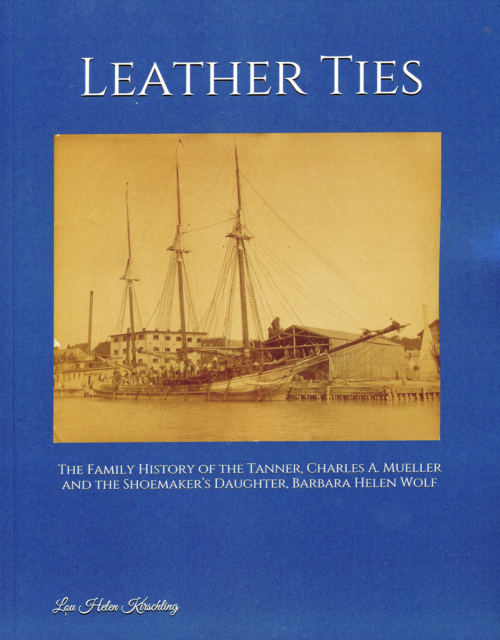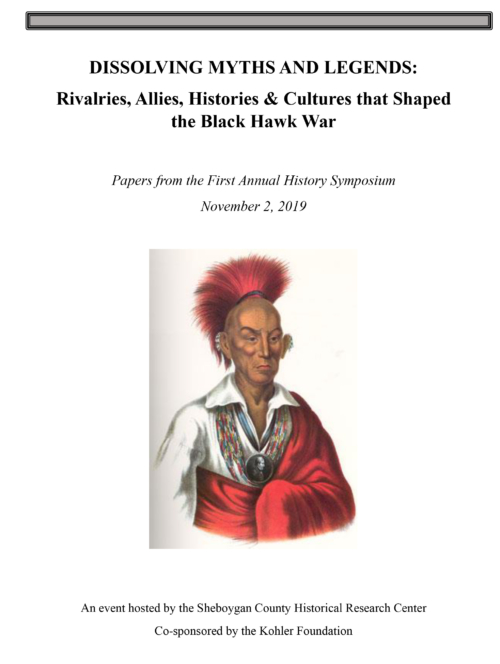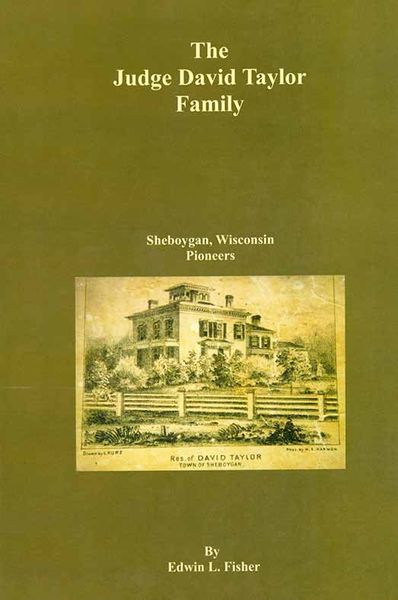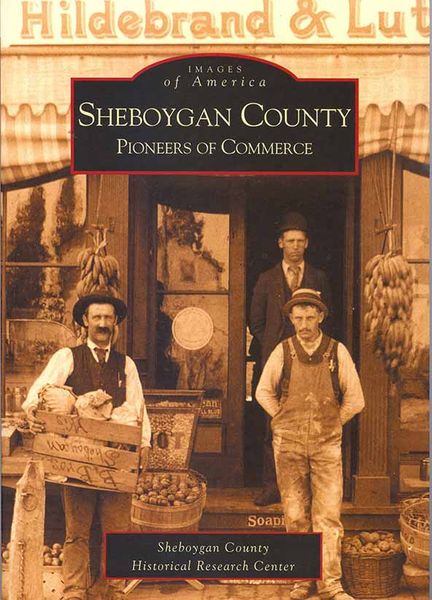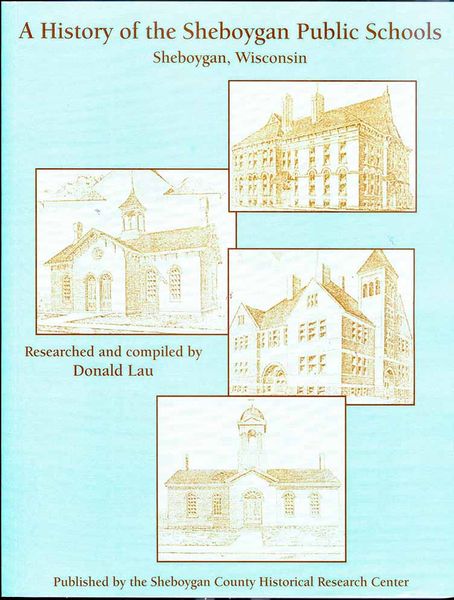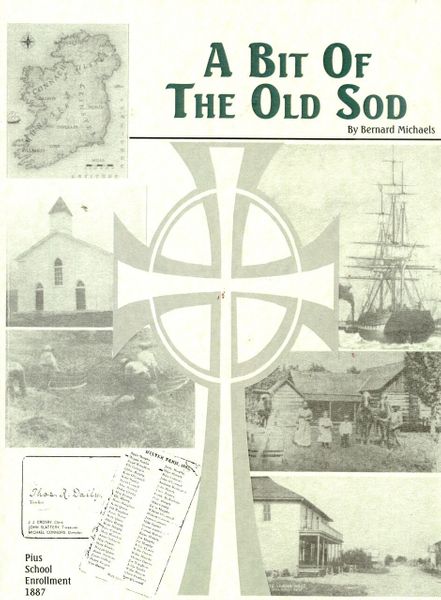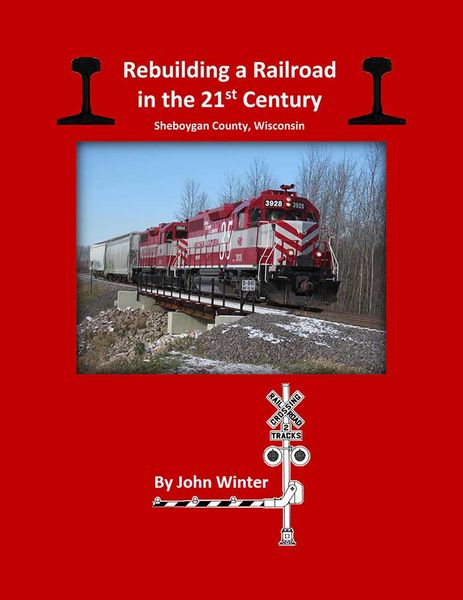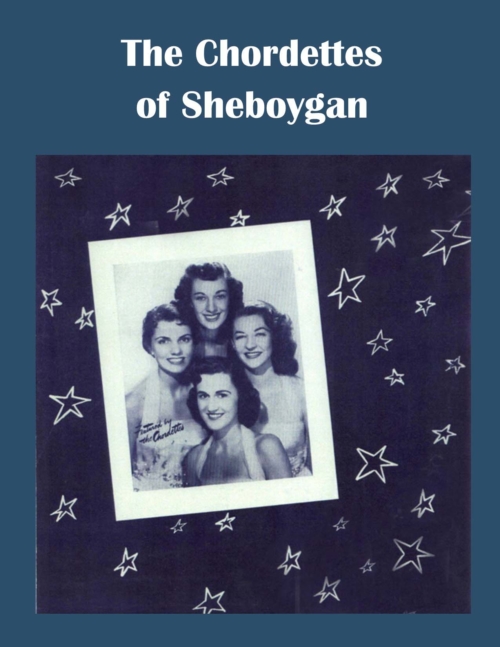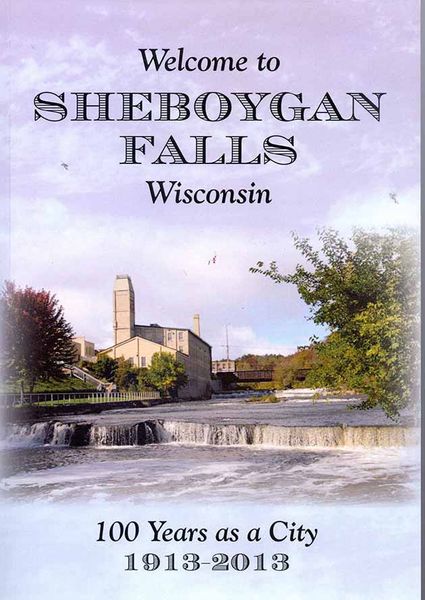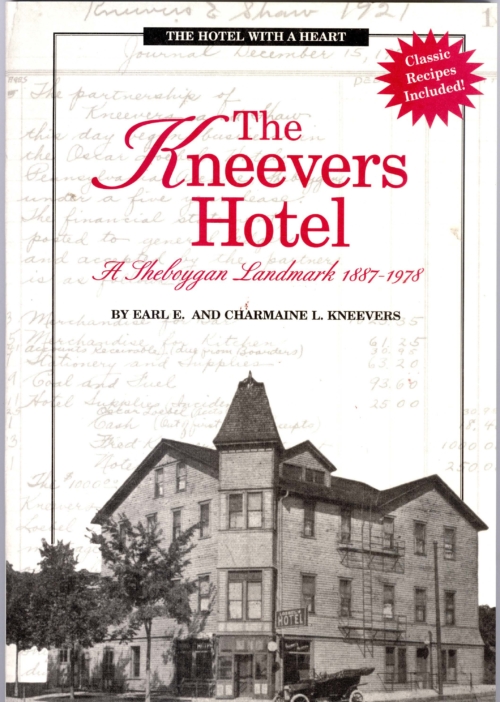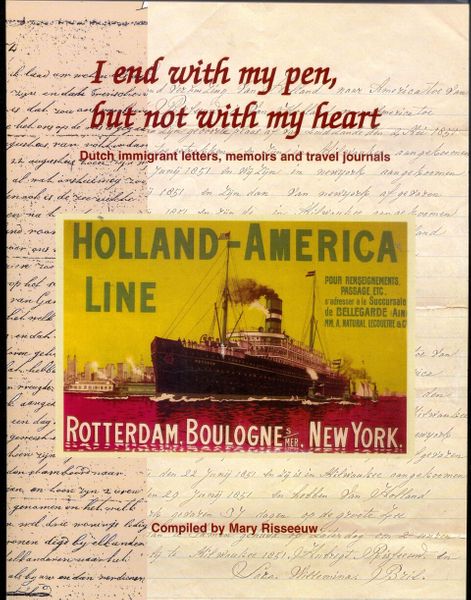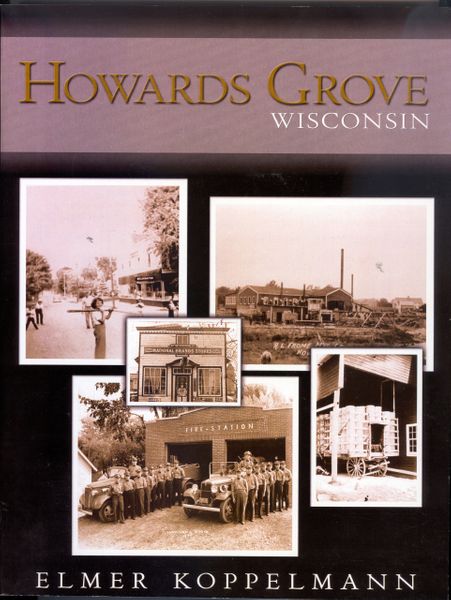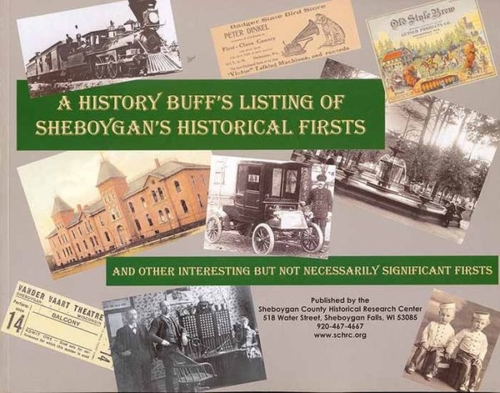-
Sale!By Edwin L. Fisher Because of the prominence and close connection by virtue of the Sheboygan County Historical Society occupation of his 1852 mansion, it was thought more should be known about Judge David Taylor and his family. As a Wisconsin State Supreme Court Justice, he was one of the most important early settlers in Sheboygan, Wisconsin. As research proceeded so much interesting family-related information became available that the story expanded.
-
Sheboygan County's iron-fisted work ethic began with its earliest residents. From the jackknife trading posts and mill wrights of the early 1800s to the spas and "Great Wall of China" of Kohler Company, the importance of commerce to Sheboygan County is evident. This wonderful pictorial history of the small family-owned business of Sheboygan County begins in the 1870s and ends with a great image of a 1950s American Classic-McDonald's Golden Arches.
-
Sale!By Don Lau This book documents the growth of education in the City of Sheboygan. Did you know that Sheboygan had a Day School for the Deaf, A Fresh Air School- Tuberculosis- as part of the Third Ward School and was the first home of Lakeshore Technical College? Dozens of photos.
-
By Bernard Michaels
The poignant story of immigration and settlement of the Irish in Sheboygan County, this book gives an account of the Byron-Lima Settlement, a span of some thirty miles in which over 600 Irish families settled. The community's irregular borders ran from Kennedy's Corners in Lima to the frame church of Byron's St. John. The town of Mitchell, Sheboygan County is at the heart of this story.
-
Rebuilding a Railroad in the 21st Century: Sheboygan County, Wisconsin, documents the rebuilding of an 11-mile rail line in Sheboygan County, after being dormant for nearly 30 years. This was more than just a fix-it-up job, but the replacement of the entire line from the ground up with new track built to modern standards to handle heavy loads. It also required one trestle to be completely replaced and others reinforced. Adding to the generous amount of photos, there are “before” and “after” photos taken at dozens of locations, and it won’t seem possible that these photos were taken at the same location. Also included is the history of this line from the pre-civil war era to current times. Old rail dating back over 150 years was found and included is the story that these old rails tell.
-
Sale!This is a reprint and update of the 1976 book done for the Bicentennial. This book was done in conjunction with the 100th anniversary of Falls becoming a city. Trace the evolution of the business district and learn about the wide variety of civic groups which once kept citizens busy. See how the fire department has grown and take a peek at the folks who settled Falls
-
By Denny Moyer
This short book outlines the 100 year history of Baseball in Sheboygan, Wisconsin. Sheboygan's colorful history began with the Elwell Boys sponsored by Elwell Flour Mill and chronicles the many teams up to the present Sheboygan A's.
-
By Mary Risseeuw
These letters, memoirs and travel journals span a hundred year period (1847-1959) and offer a fascinating view into the lives of the immigrants and their families. Some provide remarkable detail about their journey to America and their struggles to establish a new life. Others offer little beyond the basics: weather, health, crops, births and deaths. Most are grateful for the blessings of God and the fact that they are still ‘fresh and healthy’ (alive and well, in more modern terms!). The criterion for selecting the contents of this book was to present an overview of different settlements in Wisconsin and to provide a glimpse into the differences and similarities between the various immigration waves. There are vivid tales of crossing the Atlantic Ocean and personal glimpses into the Civil War, World War I and World War
-
By Elmer Koppelmann The village of Howards Grove began as two separate villages, Howards Grove and Millersville. Not until 1967 did the two unite into one incorporated village. The first European settlers to settle in the town of Herman (originally named Howard) were the "Lippers"- a group of 13 families and seven orphaned young people from Lippe-Detmold, Germany. The year was 1846, and the group's leader was Friedrich Reineking. They settled on the land that is now Lakeland College. This volume brings the history of the area back to life, and documents the families and businesses that, today, make up Howards Grove.
-
By Robert Spatt. The City of Sheboygan has many interesting and important "Firsts". This book documents many of those items. There is bound to be a chapter for every interest and although residents of Sheboygan will know many of these firsts, there are a lot of surprises. Some of the firsts are obscure such as the first bratwurst stand, the first department store, the first female principal of a school, the first baby born in Sheboygan; Others, such as the city founder, Farnsworth, and many of the sporting events, maybe remembered by many. The final chapter is entitled “Et Cetera.” Here are little known firsts that don’t fit into any category – Peter Dinkel and his canaries, Clemens Reiss the first to cross the city’s new Eighth Street Bridge in 1923, the street sprinkler who sprayed water on the dusty dirt streets and other obscure first facts. A book to pick up and read a chapter at a time then casually sprinkle conversations with a “did you know that….”

